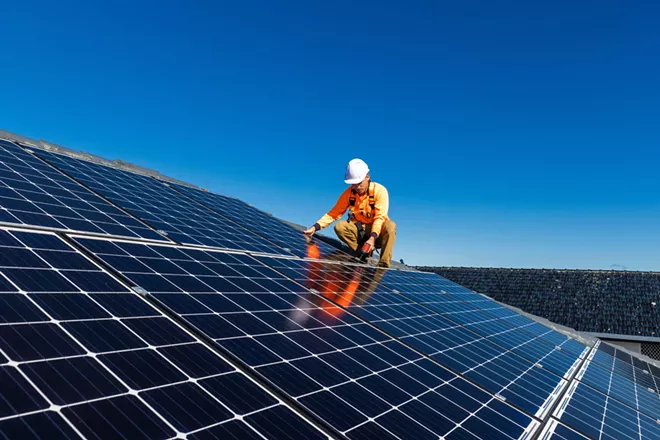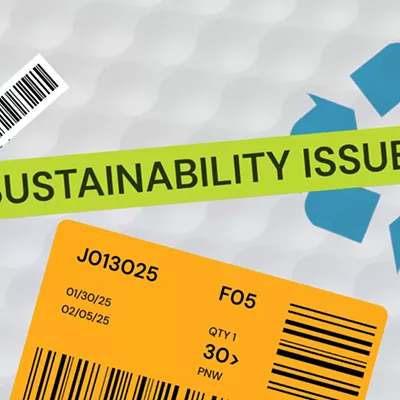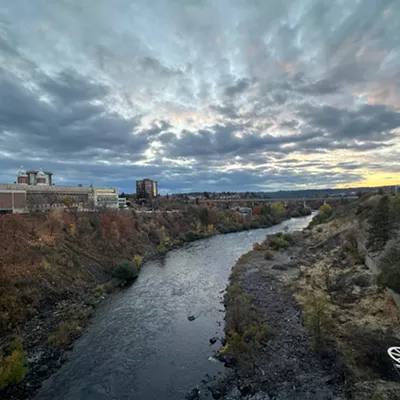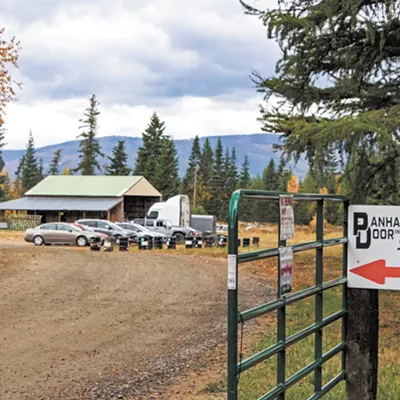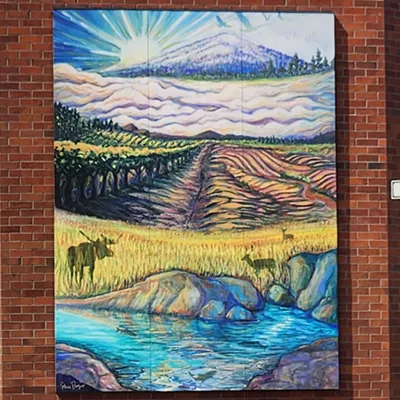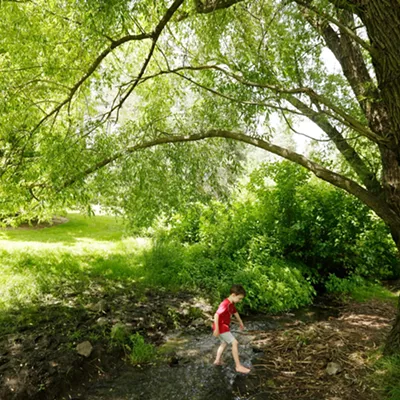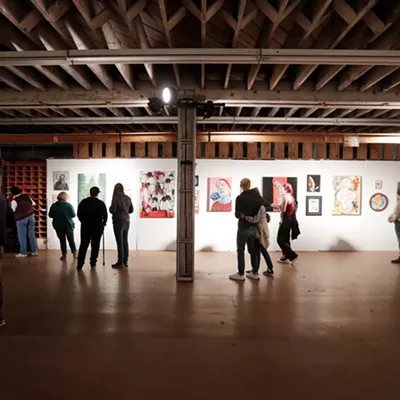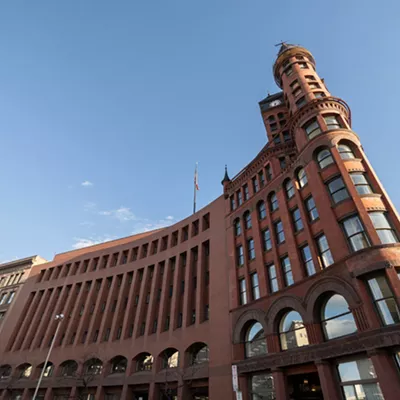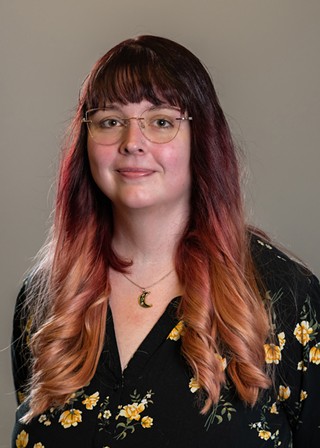For those interested in powering their homes with clean energy, going solar may help you get part of the way there.
A January 2022 Pew Research poll found that 39 percent of Americans had seriously considered installing solar on their homes in the last year, while 8 percent said they'd already made the investment. The Pacific region of the country, which includes Washington, was even more interested, with 45 percent seriously considering solar.
Many homes in the Inland Northwest may not be able to fully go "off grid" with a new solar system without breaking the bank, but even relatively small setups can still contribute a significant portion of the power needed to keep the lights on.
Currently, the main solar incentives come from the federal level: The Inflation Reduction Act's climate provisions increased that funding so owners can get a 30 percent tax credit on the cost of installation and equipment.
Avista, the largest utility in the area, offers a solar estimator tool on its website to help homeowners calculate the recommended size of a system for their home, and see roughly how much that could save them over time.
"It gives a breakdown of your upfront costs of a solar system," says Stephanie Myers, Avista's solar product manager. "It has in there all the available tax credits and rebate incentives, and your average monthly expenses, and also gives a break even point for installing solar."
For smaller homes that don't use as much power, solar may not reduce the bills enough over 20 to 30 years to cover the installation costs for customers. But for larger homes with bigger bills, costs could be recouped in less than two decades.
We plugged some Inlander staffer addresses into the estimator, and here's what we found:
For a small North Spokane home that pays an average of $90 a month for electricity (heat not included), the estimator recommended a 2.1 kilowatt system, which would cost about $6,825. The federal incentive would knock about $2,048 off the cost. The system, which would provide about 30 percent of power throughout the year, wasn't expected to hit a break even point.
However, for a larger South Hill home that pays an average of $300 a month, the estimator recommended an 8.4 kilowatt system, which would cost about $27,300 to install and get a federal incentive around $8,190. With the panels providing 30 percent of the power and the monthly bill dropping to about $205, the break even point was estimated at 19 years.
For many, cost savings may not be the only incentive. In the Pew study, 81 percent said they were considering solar to help the environment.
It's worth noting that Avista isn't actually involved in the installation process, Myers says. Customers handle both the installation and incentives on their own (she recommends talking to your tax professional about how those credits work). But customers do need to fill out a $100 application to connect to Avista's grid before moving forward, so the utility can ensure the equipment in their area is suitable for their setup.
Avista's website also maintains a list of vetted solar installers to help people find a reliable company in their area, Myers says.
If a solar installer reaches out, Myers says to listen carefully to what they're saying, do your research, double check the information, and get multiple bids.
"The average size we have in our service territory for solar systems on residential homes is 6 kilowatts," Myers says. "I would encourage people to look at both solar systems and systems that include a battery." ♦

